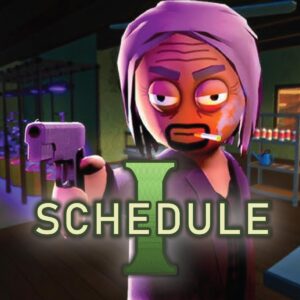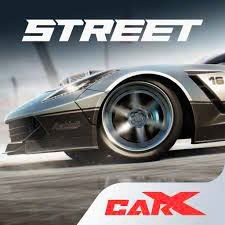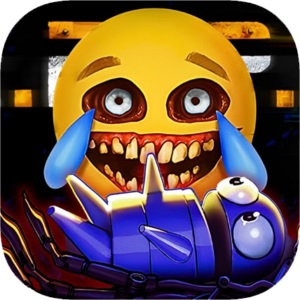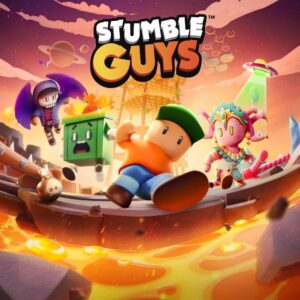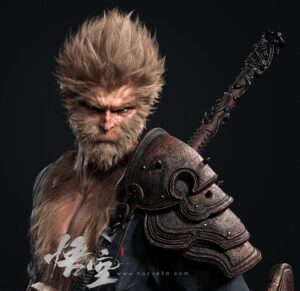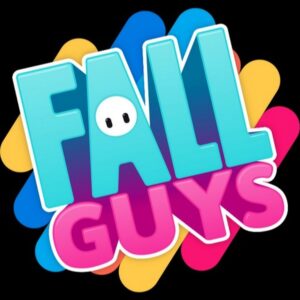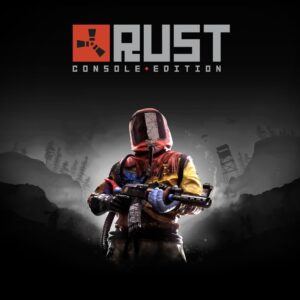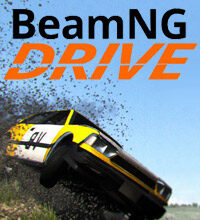Clash of Titans: How ‘Quantum Blade’ Dares to Challenge the Silksong Juggernaut
Popular Now
 Auto X Drift Racing 3
Auto X Drift Racing 3
 Minecraft
Minecraft
 Grand Theft Auto V
Grand Theft Auto V
 NBA 2K24
NBA 2K24
 Call of Duty
Call of Duty
 Sonic the Hedgehog™ Classic
Sonic the Hedgehog™ Classic
 Roblox
Roblox
 Counter-Strike 2
Counter-Strike 2
 Candy Crush Saga
Candy Crush Saga
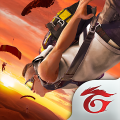 Garena Free Fire: Kalahari
Garena Free Fire: Kalahari
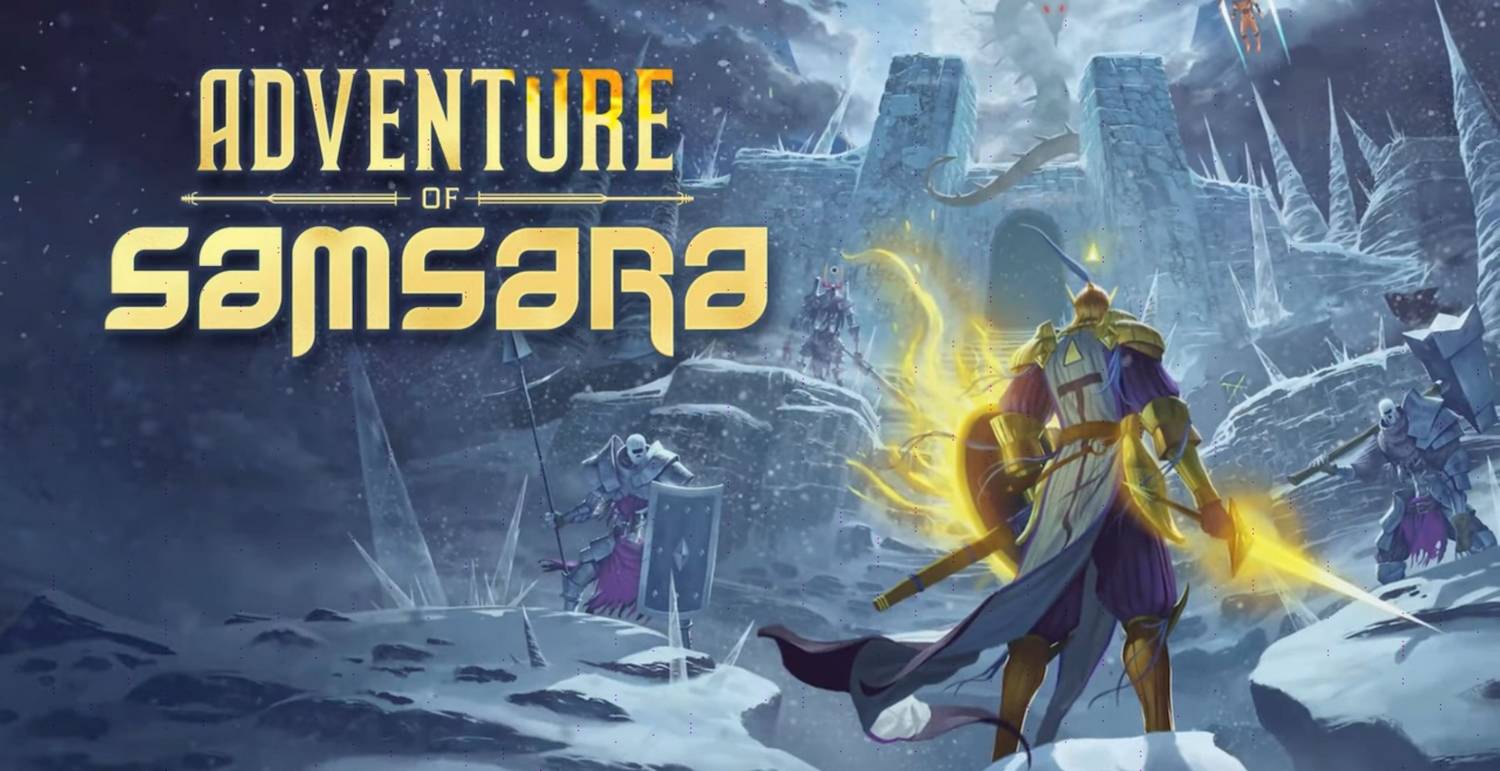 The year 2025 will forever be known as the year of Hollow Knight: Silksong. After years of anticipation, the sequel to one of the most beloved indie games of all time finally launched, instantly dominating the conversation and critical acclaim. Its immense difficulty and deep lore have captivated a massive audience, but for many, the unforgiving challenge can be more exhausting than exhilarating. Amidst this frenzy, a smaller, yet no less ambitious, title had the audacity to launch on the very same day: Quantum Blade, a modern Metroidvania reimagining of the classic 1979 Atari 2600 game, Adventure. While it may seem like a suicidal release strategy, Quantum Blade offers a refreshing and delightful alternative to Hornet’s hell, proving that a different kind of Metroidvania can not only survive but thrive in the shadow of a giant.
The year 2025 will forever be known as the year of Hollow Knight: Silksong. After years of anticipation, the sequel to one of the most beloved indie games of all time finally launched, instantly dominating the conversation and critical acclaim. Its immense difficulty and deep lore have captivated a massive audience, but for many, the unforgiving challenge can be more exhausting than exhilarating. Amidst this frenzy, a smaller, yet no less ambitious, title had the audacity to launch on the very same day: Quantum Blade, a modern Metroidvania reimagining of the classic 1979 Atari 2600 game, Adventure. While it may seem like a suicidal release strategy, Quantum Blade offers a refreshing and delightful alternative to Hornet’s hell, proving that a different kind of Metroidvania can not only survive but thrive in the shadow of a giant.
 The Metroidvania Craze of 2025: A Crowded Field
The Metroidvania Craze of 2025: A Crowded Field
This year’s gaming calendar has been a testament to the enduring popularity of the Metroidvania genre. Beyond the monumental launch of Silksong, we have seen a continuous stream of high-quality titles. From the pixel-perfect precision of Blasphemous 2 to the sprawling narrative of Aeterna Noctis, developers are finding new ways to iterate on the classic formula. However, a common thread among many of these releases is an increasing focus on punishing difficulty, often mimicking the “Souls-like” subgenre. This trend can be a barrier to entry for many players seeking a more balanced experience. Quantum Blade, in stark contrast, is built on a foundation of accessible gameplay, rewarding exploration, and a charmingly nostalgic art style.
From Atari to Metroidvania: The Audacious Reimagining of Adventure
For those unfamiliar with the source material, Adventure was a groundbreaking game for its time, pioneering a non-linear, exploration-based structure on the limited hardware of the Atari 2600. It featured a silent protagonist, a sword, a key, and a quest to retrieve a magical chalice. Quantum Blade takes these core elements and expands them into a fully-realized, modern Metroidvania world. The game’s protagonist, a lone warrior in a stylized fantasy world, must traverse a labyrinth of dungeons, forests, and castles to defeat a tyrannical dragon. The art style is a beautiful fusion of old-school pixel art and modern lighting effects, creating a world that feels both retro and fresh.
So, what makes Quantum Blade such a compelling alternative to Silksong?
- A Different Kind of Challenge: While Silksong’s difficulty is a central part of its identity, Quantum Blade is built on a more forgiving foundation. Combat is streamlined and intuitive, focusing on tactical use of different sword abilities rather than nail-biting, frame-perfect dodges. The game’s challenge lies not in relentless boss fights, but in clever puzzle-solving and the rewarding discovery of hidden passages and secrets.
- Focus on Puzzles and Exploration: The game’s progression is tied more to puzzle-solving than combat prowess. You’ll find yourself needing to use different keys, manipulate the environment, and unlock magical abilities to progress. This places a greater emphasis on the “Metroid” half of the Metroidvania equation—the joy of unlocking new paths and the thrill of seeing the entire map slowly come together.
- A Narrative Driven by Mystery: Unlike the sprawling lore and detailed character interactions of Silksong, Quantum Blade opts for a more minimalist, mysterious approach. The story is told through environmental storytelling and cryptic notes, encouraging players to piece together the narrative themselves. This minimalist style evokes the feeling of the original Atari classic, where imagination filled in the gaps.
The Risk and Reward of a Same-Day Release
Releasing a game on the same day as Hollow Knight: Silksong was a colossal risk. Any other day, Quantum Blade would likely have garnered more attention. However, this bold move has also paid off in a surprising way. For many players who were quickly overwhelmed by Silksong’s punishing difficulty, Quantum Blade has become a perfect “palate cleanser.” It offers the same genre conventions—interconnected worlds, ability-gated progression, and satisfying exploration—but in a less demanding package. It’s a game you can relax with, a game that respects your time while still providing a deep and rewarding experience.
Quantum Blade has received praise for its tight controls, clever level design, and a nostalgic charm that appeals to a wide range of players, from genre veterans to those new to the Metroidvania style. It serves as a powerful reminder that not every great game has to be a grueling challenge. There is a market for games that are a joy to simply explore, and Quantum Blade is a masterclass in that philosophy. Its success, despite the immense shadow cast by Silksong, is a testament to its quality and a promising sign for a more diverse future in the genre.
Conclusion: A Diamond in the Shadow
While the world is rightfully absorbed in the majesty of Hollow Knight: Silksong, one must not overlook the courage and quality of a game like Quantum Blade. By releasing on the same day, it made a bold statement: that the Metroidvania genre is big enough for multiple masterpieces, each offering a unique experience. If you’ve found yourself overwhelmed by the intricate combat and relentless challenge of Silksong, take a break and step into the charming, puzzle-filled world of Quantum Blade. You might just discover that a game based on a 46-year-old classic is exactly the breath of fresh air you needed. It is a true hidden gem and a strong contender for one of the best indie releases of the year, despite the monumental competition.

